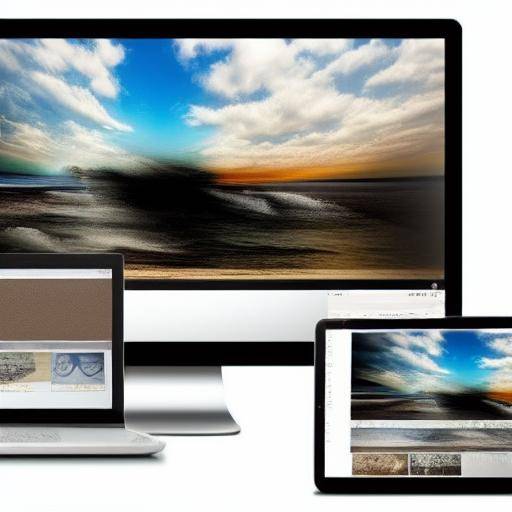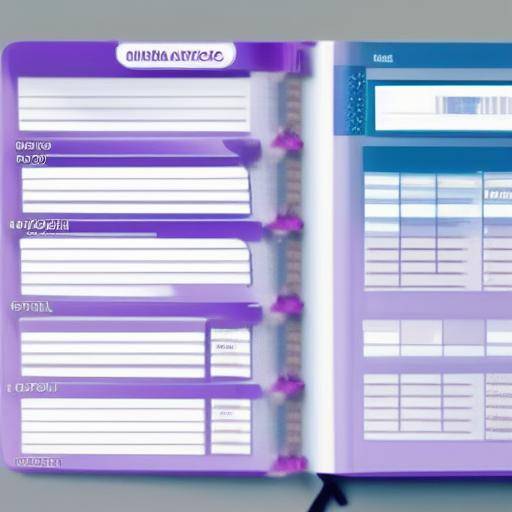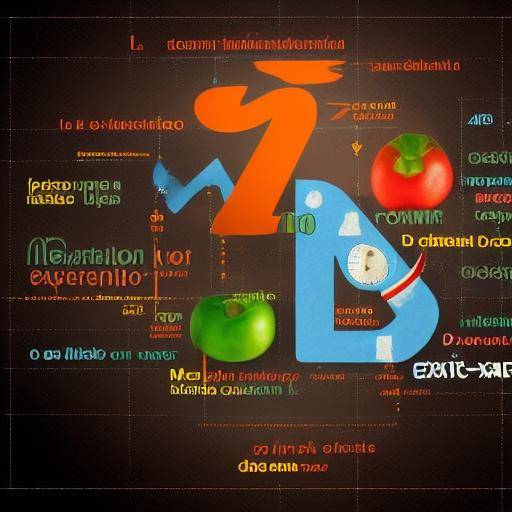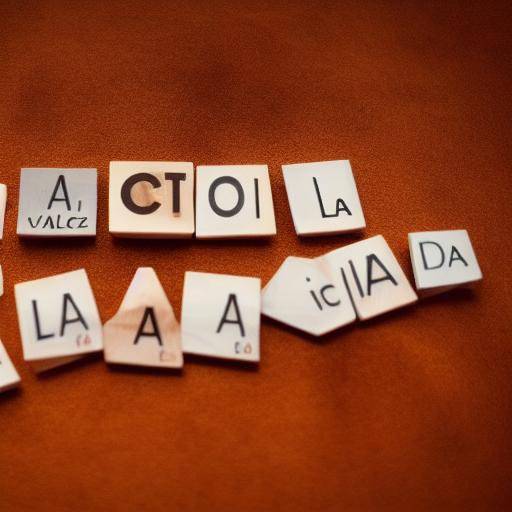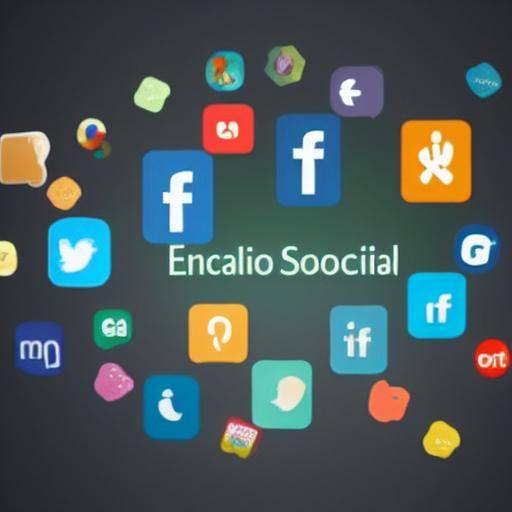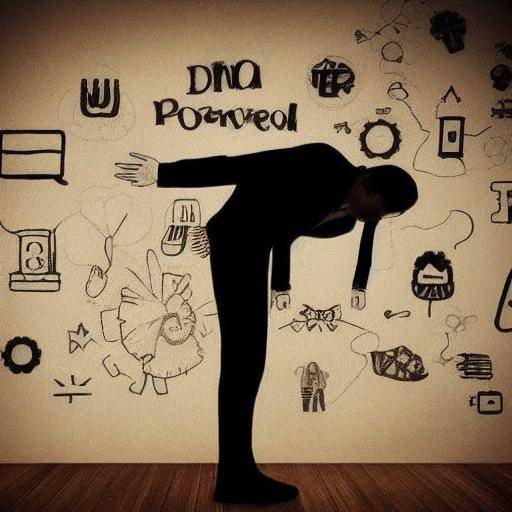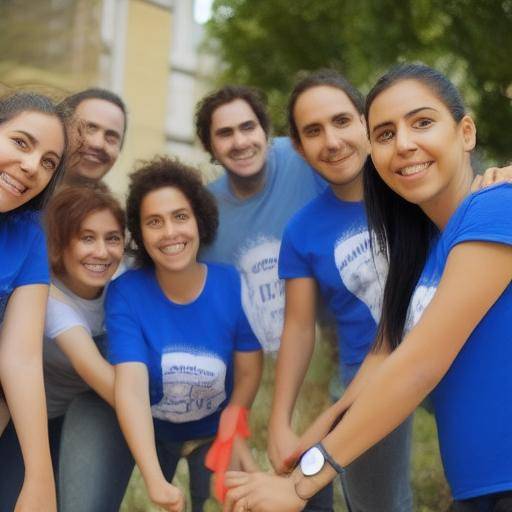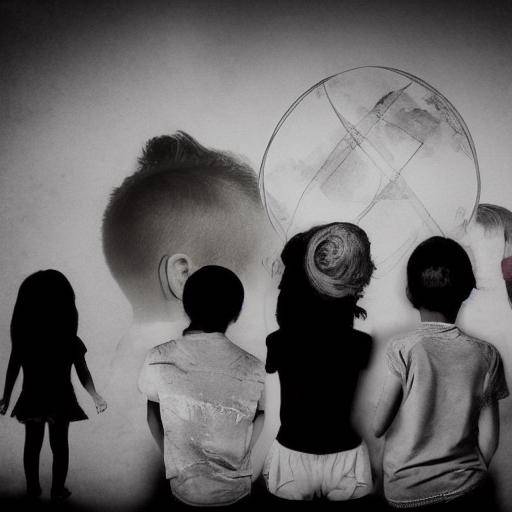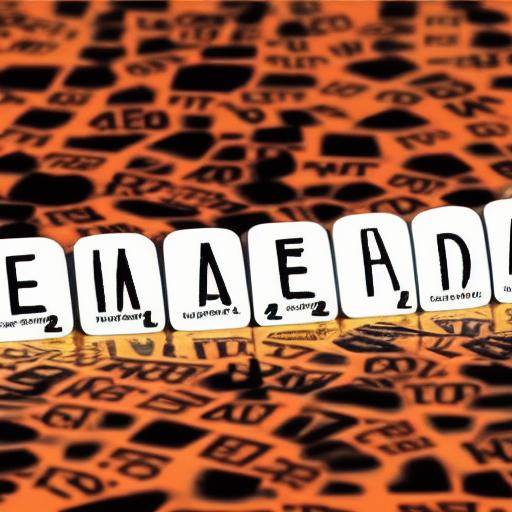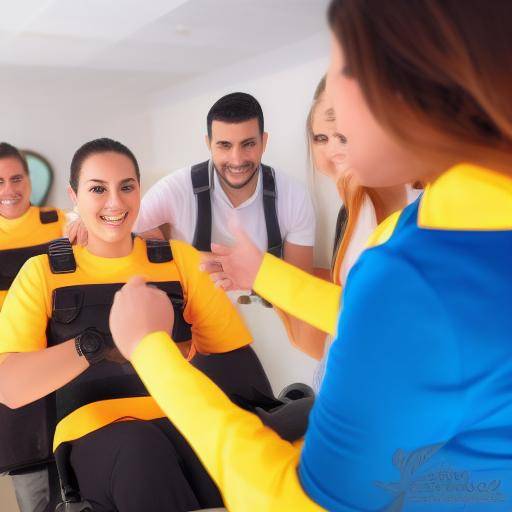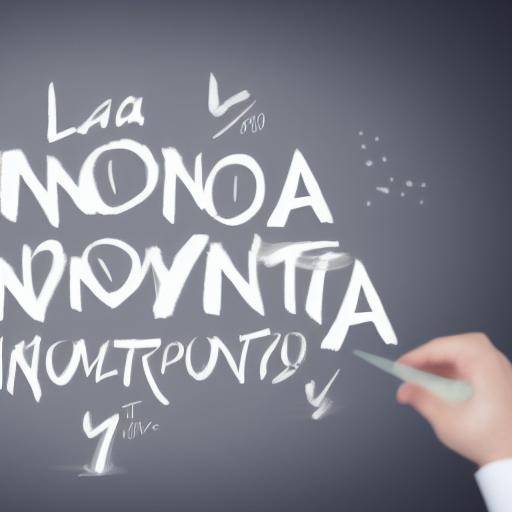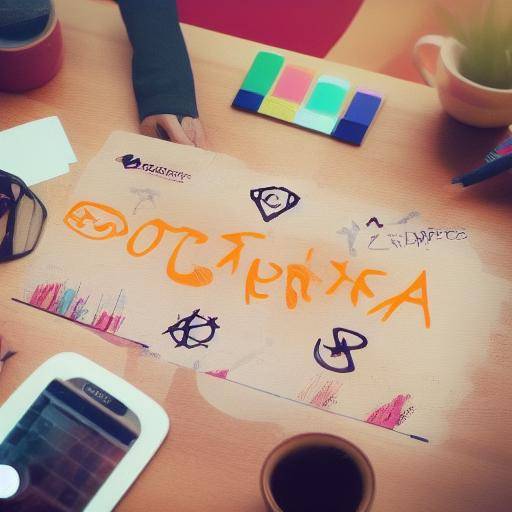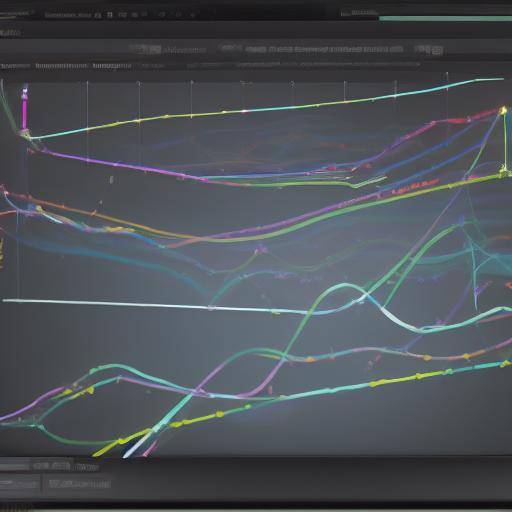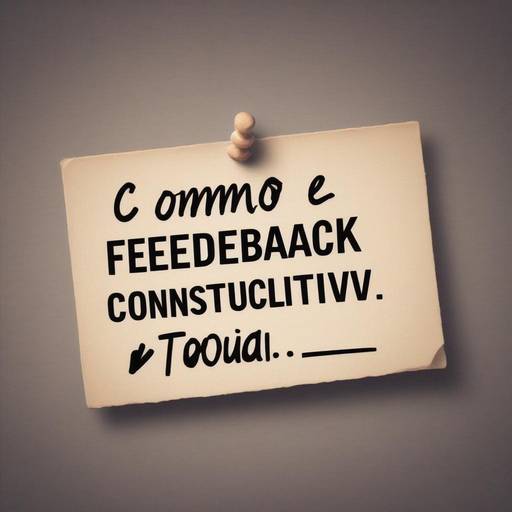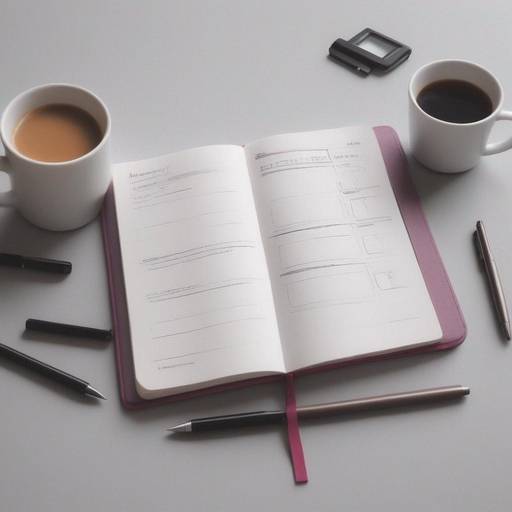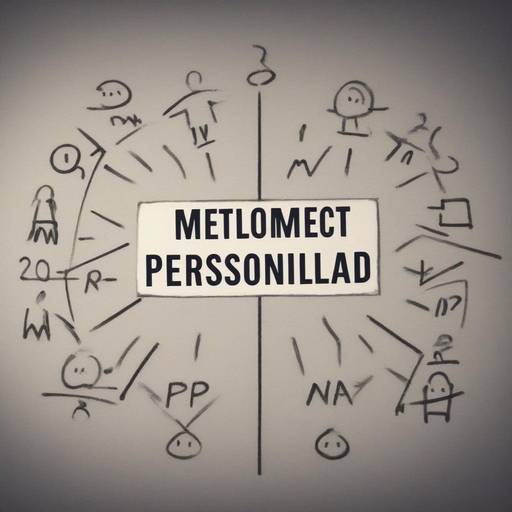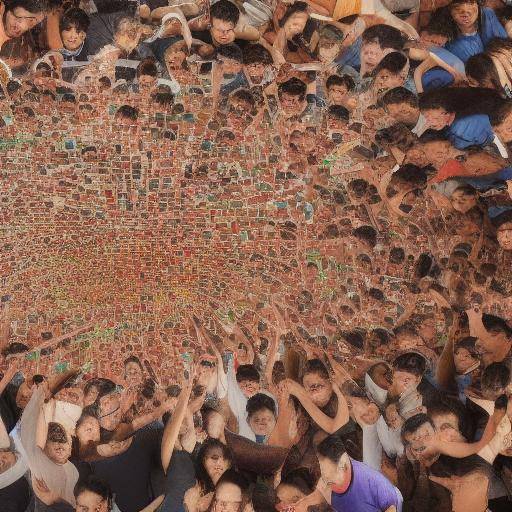
Introduction
Visualization, as a powerful tool for personal development, has generated a significant impact on improving skills. Whether in the sports, academic, labour or personal spheres, the ability to visualize goals, situations or results has proven to be an effective strategy for achieving success. In this article, we will explore in depth the impact of visualization on improving skills, its importance in personal development and the most effective strategies for its application. From its origins to future trends, this comprehensive analysis will provide a complete vision of this powerful tool.
History and Background
Origins of VisualizationThe practice of visualization has deep roots in various cultures and disciplines. From ancient philosophical teachings to spiritual traditions, visualization has been used as a way of manifesting desires and achieving goals. In ancient Greece, philosophers explored the idea of visualizing the achievement of objectives as a way of strengthening will and determination.
Evolution and Historical SignificanceOver time, visualization has evolved to include more structured and scientifically backed practices. Since the introduction of the term "creative visualization" by the author Shakti Gawain in the 1970s, until his extensive adoption in the field of coaching and personal development today, the visualization has experienced a significant change in his understanding and application.
Important Developments and Reflection PointsIn recent decades, visualization has gained recognition in fields such as high-performance sport, positive psychology and business leadership. With advances in neuroscience and cognitive psychology, we have deepened our understanding of how visualization impacts on improving skills, problem solving and stress management.
Deep analysis
Benefits of VisualizationVisualization offers benefits that go beyond simple imagination. By actively visualizing the achievement of goals, the reward system of the brain is stimulated, which strengthens motivation and self-confidence. In addition, visualization can improve focus, decision-making and creative problem resolution.
Current Challenges and TrendsWhile visualization is a powerful tool, it faces challenges in its effective implementation. The difficulty in maintaining consistency in the practice of visualization, as well as the need to adapt techniques to individual preferences, are key aspects to consider. In addition, with the advancement of virtual reality and increased reality, new opportunities arise to improve visualization and its impact on improving skills.
Exhaustive examination
Applications and Best PracticesThe display has been successfully used in a wide range of contexts, from elite athletes visualizing successful competitions to professionals visualizing shocking presentations. Understanding best practices, including the clarity of objectives, emotional intensity and consistent repetition, maximizes the potential of visualization to improve skills.
Perspectives of Experts and FutureExperts in psychology, personal development and neuroscience highlight the importance of visualization as a key tool for personal growth and achieving goals. In addition, there is a growing interest in integrating visualization with emerging technologies, which could revolutionize its application and effectiveness in the future.
Comparative analysis
Visualization compared to other forms of skills improvement, such as repetitive practice or formal training, shows its own advantages and challenges. While visualization focuses on strengthening the mental and emotional aspect, these other strategies focus on the development of skills through direct action and experience practice. However, the combination of visualization with traditional practices can result in a holistic approach to maximizing skills development.
Practical Tips and Accessible Recommendations
Implementing visualization effectively requires understanding and commitment. Here are some practical tips to improve the visualization capacity and enhance your impact on improving skills:
- Establish a daily visualization ritual, preferably at the same time and in a quiet environment.
- Incorporate vivid sensory details in visualizations, such as sounds, colors and emotions, to increase immersion.
- Use visualization to anticipate challenges and practice effective responses.
- Complement display with concrete actions aimed at achieving the visualized objectives.
Ideas and Industry Reviews
For deeper perspectives on visualization and its influence on improving skills, experts were interviewed in different disciplines. Their views converge on the positive impact that visualization has on achieving goals and strengthening skills, consolidating their importance in personal and professional development.
Case studies and practical applications
The display has been successfully applied in various industries and contexts. From high-performance athletes who use visualization to overcome mental obstacles, to business leaders who use visualization to prepare for challenging situations, examples demonstrate the effectiveness of this technique in improving skills and achieving goals.
Future Trends and Predictions
While visualization continues to evolve, its application expands to new fields and technologies. A greater approach is envisaged in the integration of visualization with artificial intelligence and increased reality, as well as the development of digital tools that facilitate the practice of visualization in a more accessible and personalized way.
Conclusion
Visualization is not only a powerful ability, but a transformative tool that can boost personal and professional growth. By integrating visualization into our daily routine and adopting practices that strengthen our ability to visualize, we can enhance our skills improvement significantly. This article has offered an exhaustive view of visualization and its impact on improving skills, providing a solid basis for those who want to make the most of this valuable technique.
Frequently asked questions (FAQs)
How can I start practicing visualization to improve my skills?
Starting the visualization practice requires dedication and consistency. Find a quiet place, set a clear target for your visualization and start with simple exercises, such as visualizing a task you want to successfully complete.
What is the difference between visualization and fantasy?
Although visualization can involve imaginative aspects, it focuses on realistically representing desired situations and specific results, differing from the fantasy that is not necessarily associated with concrete achievements.
Can visualization help in overcoming obstacles or fears?
Yes, active visualization can be an effective tool to confront and overcome mental obstacles and fears. By visualizing oneself by managing challenging situations, confidence and ability to face such situations in real life are strengthened.
Is it advisable to combine visualization with other skills improvement techniques?
The combination of visualization with other skills enhancement practices, such as active practice and specialized training, can enhance the development of skills at different levels, creating an integrated and balanced approach.
Is visualization only effective in achieving long-term goals?
Visualization can be useful for short, medium and long term objectives. By visualizing immediate results, motivation and clarity in decision-making are strengthened, while long-term visualizations reinforce commitment to larger goals.
Is visualization suitable for all ages?
Visualization can be adapted to be effective in different stages of life. Both children and adults can benefit from visualization techniques, adapting the practice to their specific understanding and circumstances.
In conclusion
Visualization is a powerful tool that can have a significant impact on improving skills in all areas of life. By understanding its history, benefits, challenges and relevant applications, we can make the most of this technique to enhance our personal and professional development. By integrating visualization in a conscious and consistent way, we unlock a substantial potential to achieve goals, overcome challenges and achieve greater growth in all facets of our lives.
With this in mind, I invite you to explore and, above all, to experiment with visualization. By turning this powerful tool into a constant practice, we can achieve unimaginable levels of growth and success in all spheres of our life.
Remember, visualization goes beyond imagination; it is the key to opening the doors of human potential.

